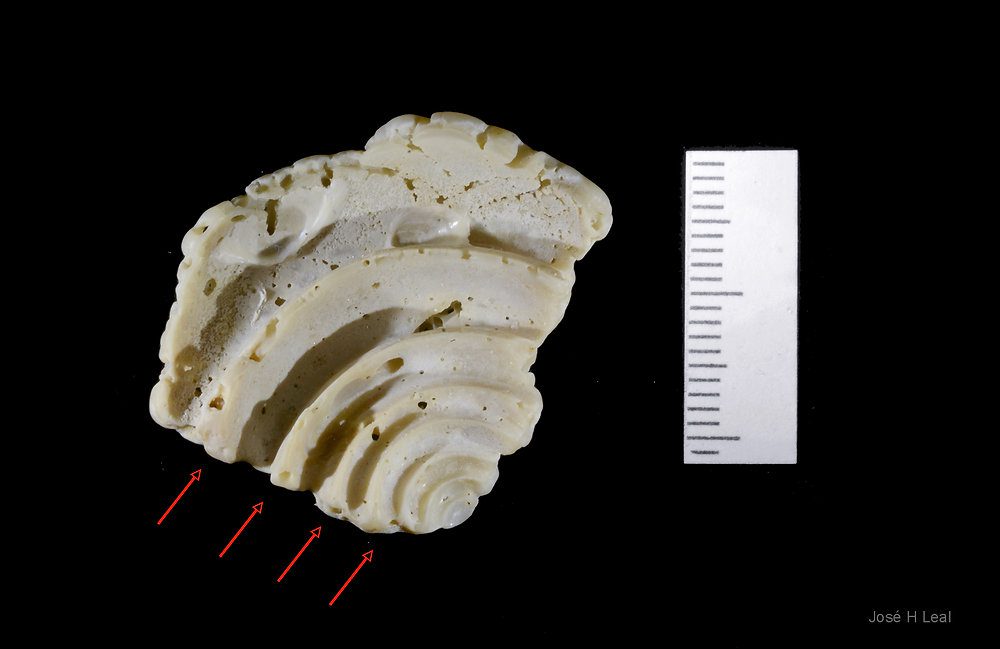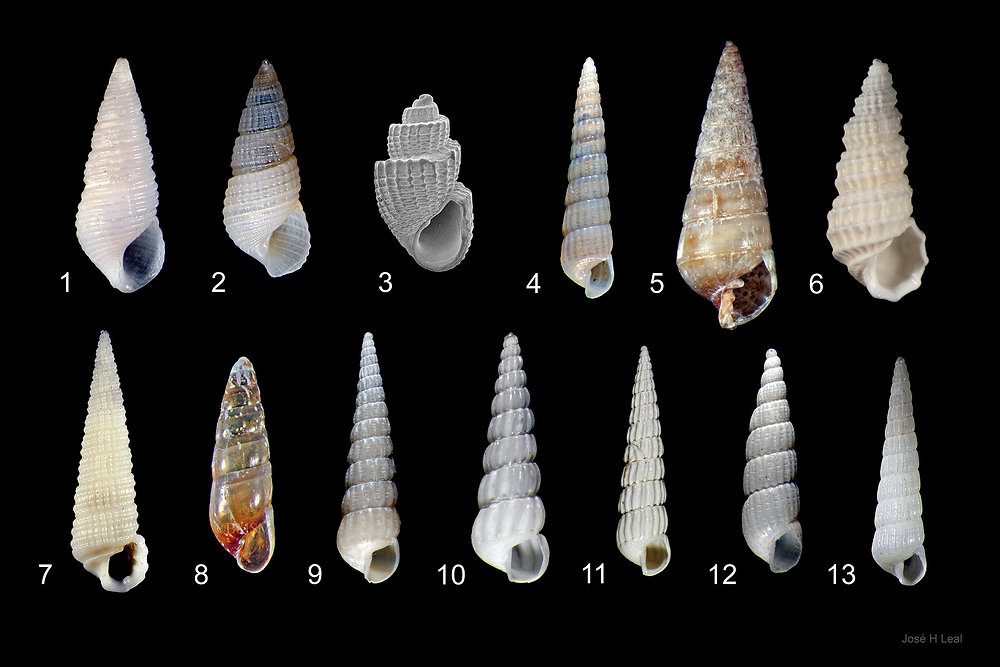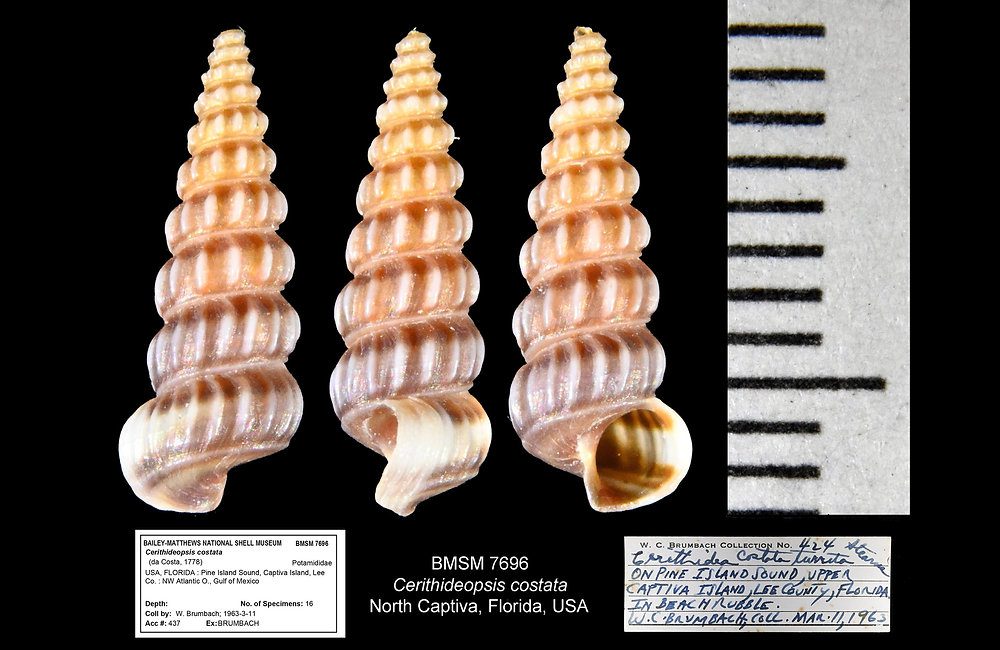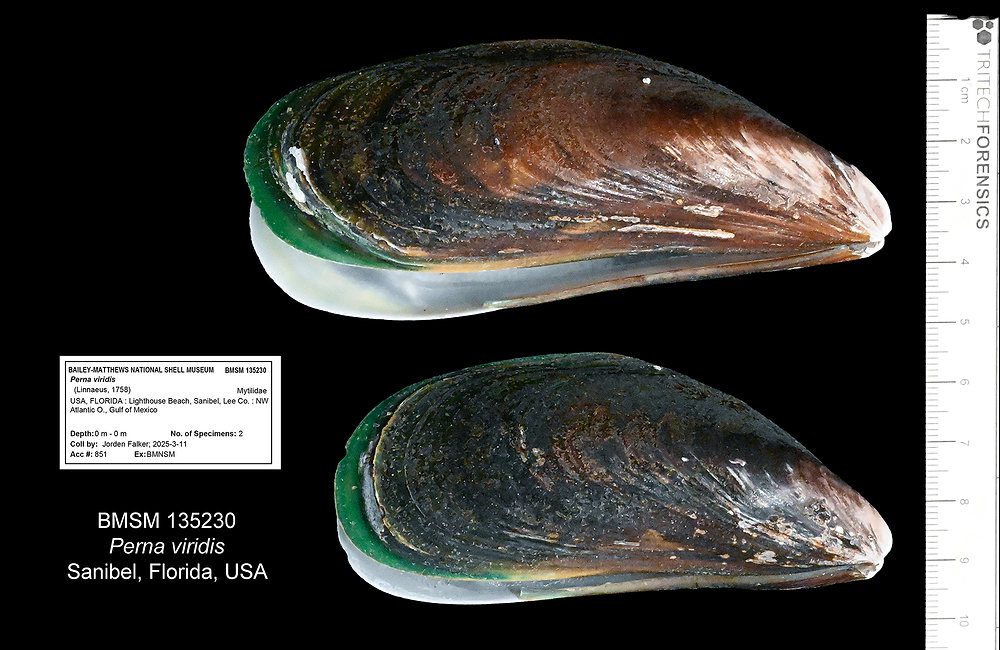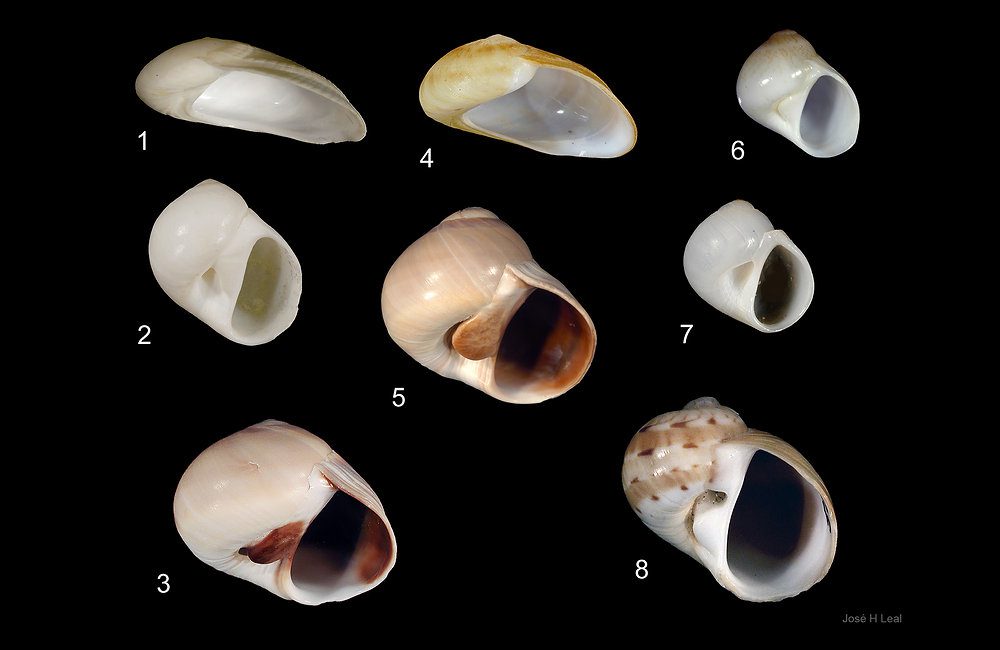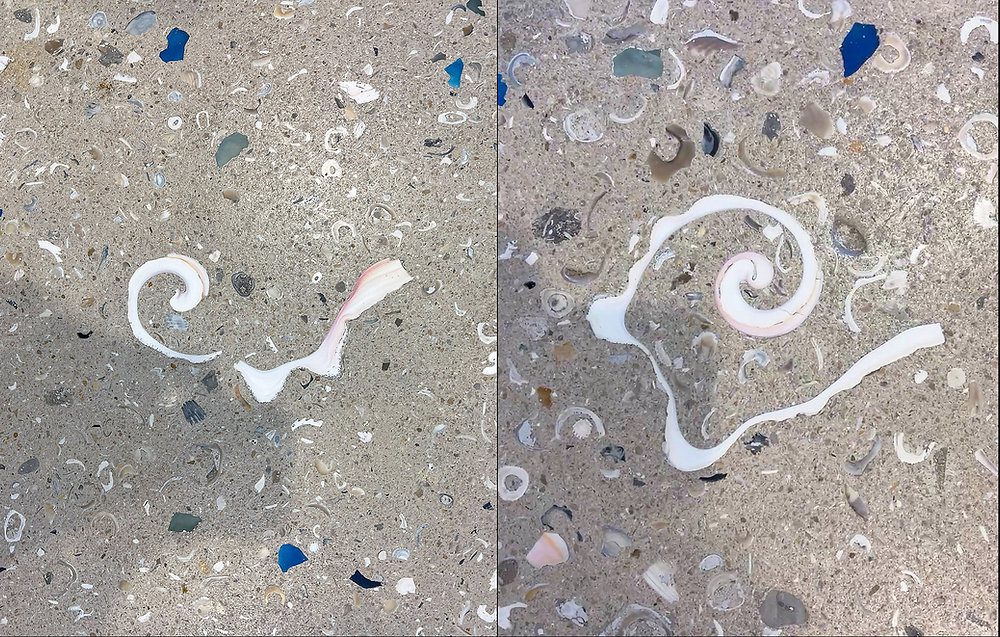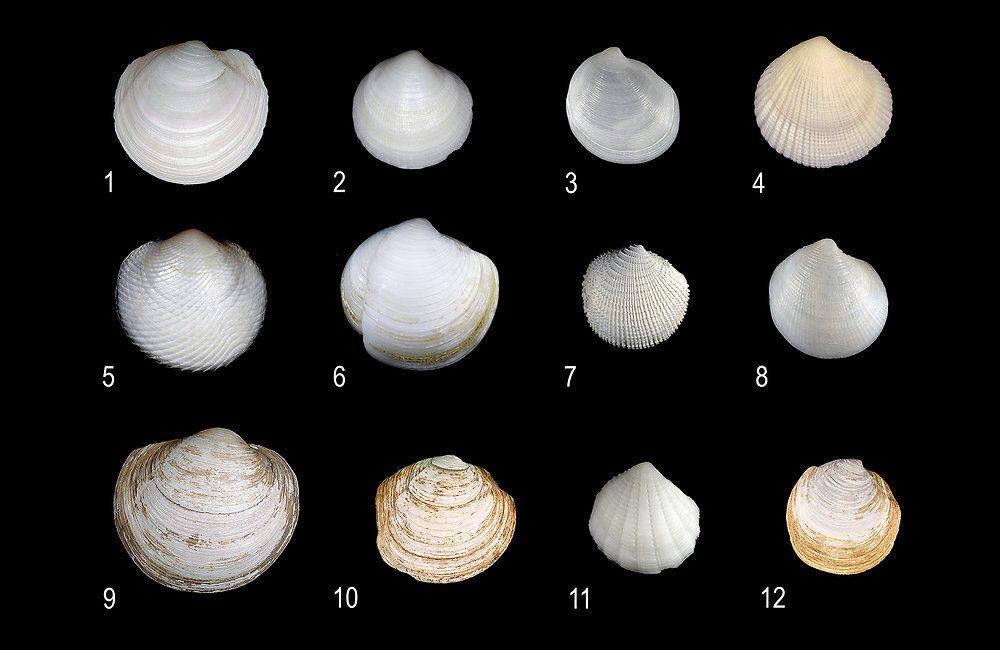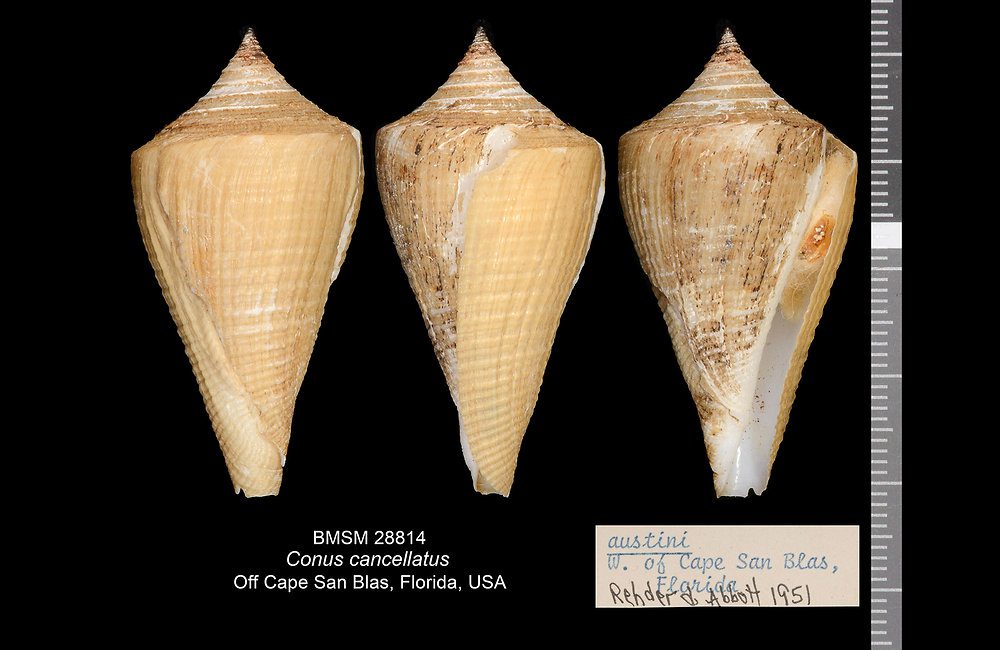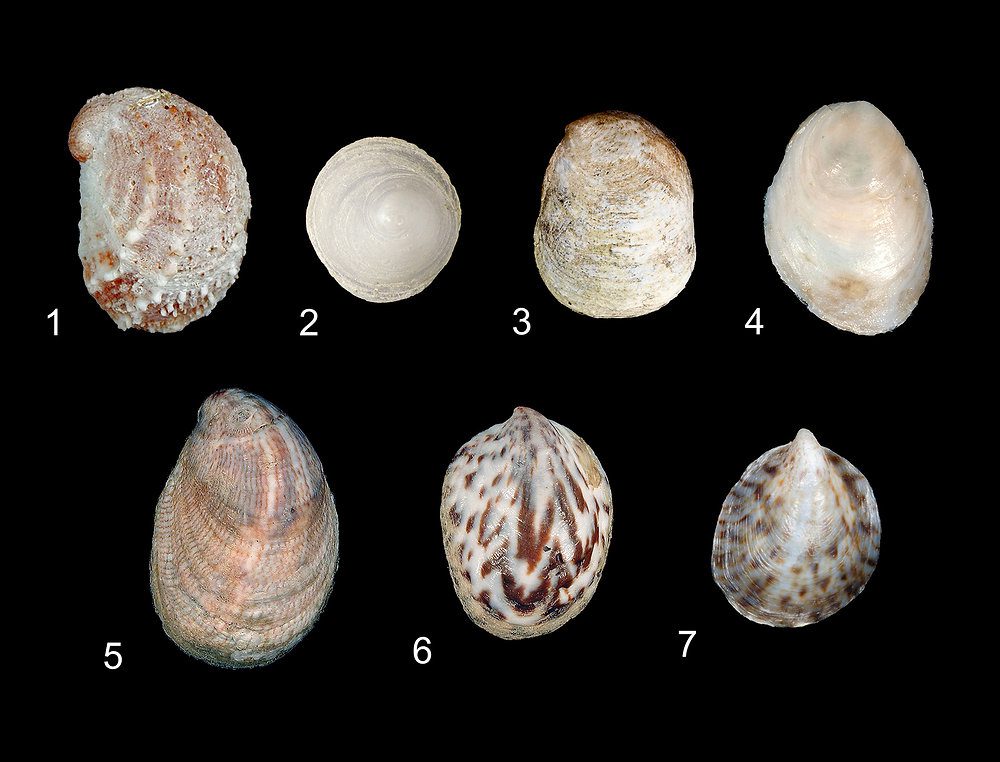
Slipper Snails of Southwest Florida
Slipper snails (family Calyptraeidae) are often neglected by beachcombers and shell enthusiasts. Accordingly, here are the slipper snails you may find on the coast of Southwest Florida, including Sanibel and Captiva islands: 1 – Spiny Slipper Snail (Bostrycapulus aculeatus); 2 – Circular Chinese Hat (Calyptraea centralis); 3 – Black-foot Slipper Snail (Crepidula atrasolea); 4 – Depressed Slipper Snail (Crepidula depressa); 5 – Common Atlantic Slipper Snail (Crepidula fornicata); 6 – Spotted Slipper Snail (Crepidula maculosa); 7 – Little Speckled…
